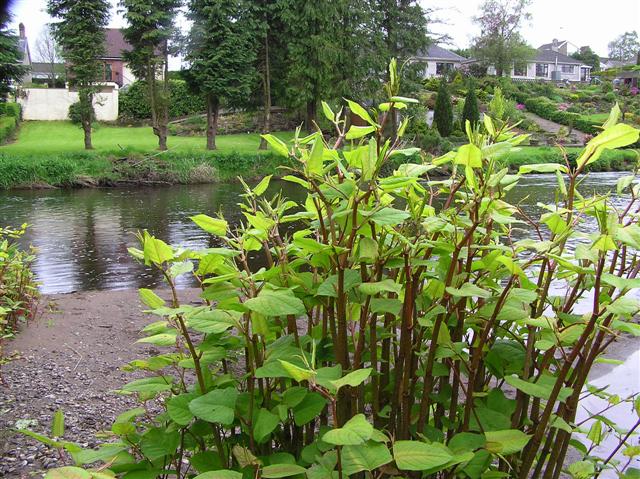
For the vast majority of people in the UK, their property is their largest asset. But, unfortunately, Japanese knotweed can have a serious impact on a property’s value and can deter potential buyers from purchasing a home. This is still the case even if the knotweed has been successfully treated, making homes particularly difficult to sell. But how can you identify Japanese knotweed – and get rid of it?
Removing Japanese Knotweed is a trickier job than simply digging up the plant. Any rhizomes, tiny fragments of stem or root can cause the plant to begin growing all over again. For the complete removal of Japanese Knotweed, contact our specialists at CYB Environmental.
What Is Japanese Knotweed?
Japanese knotweed, also known as ‘Fallopia Japonica‘, is the most common form of knotweed found in the UK. It is highly invasive and grows vigorously from year-to-year, producing stems up to 3m tall (10ft) during summer months.
But it is the roots that cause the biggest problem, as the plant develops an extensive network of underground stems known as ‘rhizomes’, which can grow through hard surfaces such as concrete and tarmac. Worryingly, knotweed trials have shown that rhizomes as little as 0.7g (around 10mm or the length of your fingernail) can produce a whole new plant within 10 days. This can cause serious damage to the foundations – making selling highly challenging.
What To Do Now That You’ve Identified Japanese Knotweed
As a quick fix, you may be looking at how to get rid of Japanese knotweed yourself, without the use of specialists. We would not recommend this as the removal of Japanese Knotweed is rarely successful for beginners. The plant can grow back, with even the slightest bit of stem left behind. A specialist, like CYB Environmental, will use optimised chemicals and techniques, backed by years of experience in the removal of Japanese Knotweed.
Am I Liable If My Neighbour Has Japanese Knotweed?
The short answer is no. According to a recent Court of Appeal ruling, landowners are now able to claim damages if the identified Japanese knotweed plant has invaded their property from elsewhere, which won’t leave you out of pocket. In short, if it can be proved that the knotweed growing stemmed from an adjoining property, that homeowner could be held liable for the cost of its removal and any loss of value.

